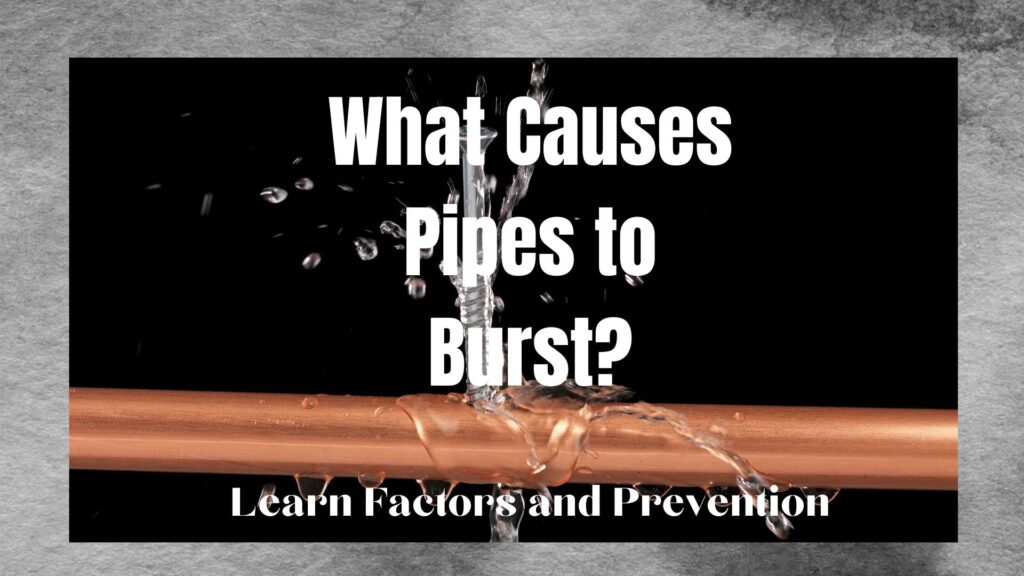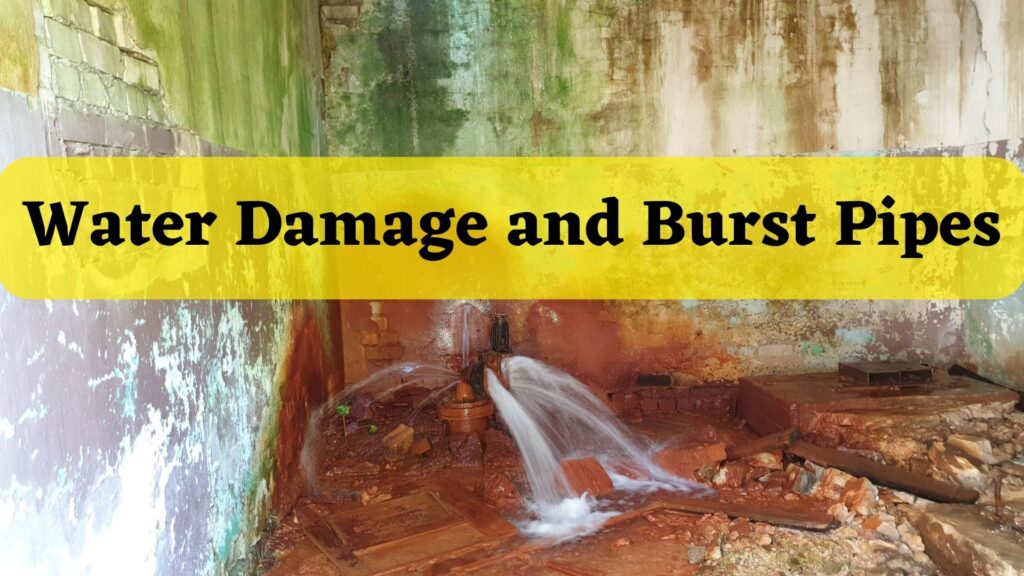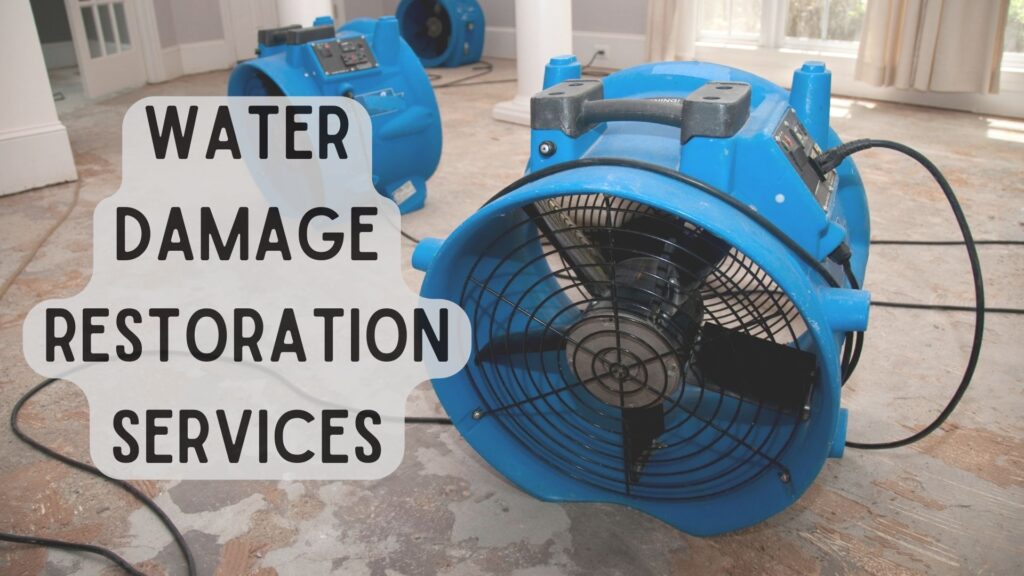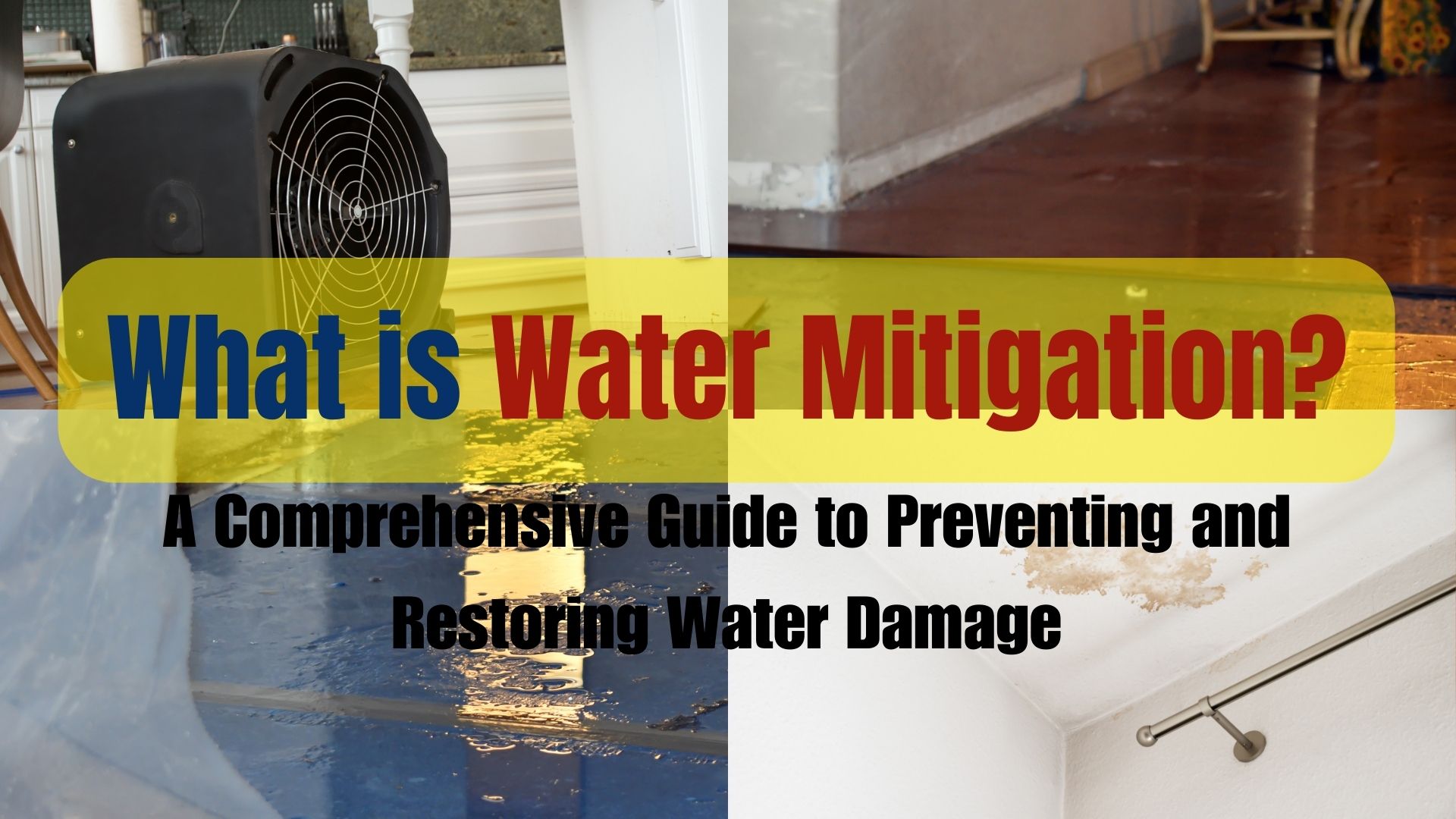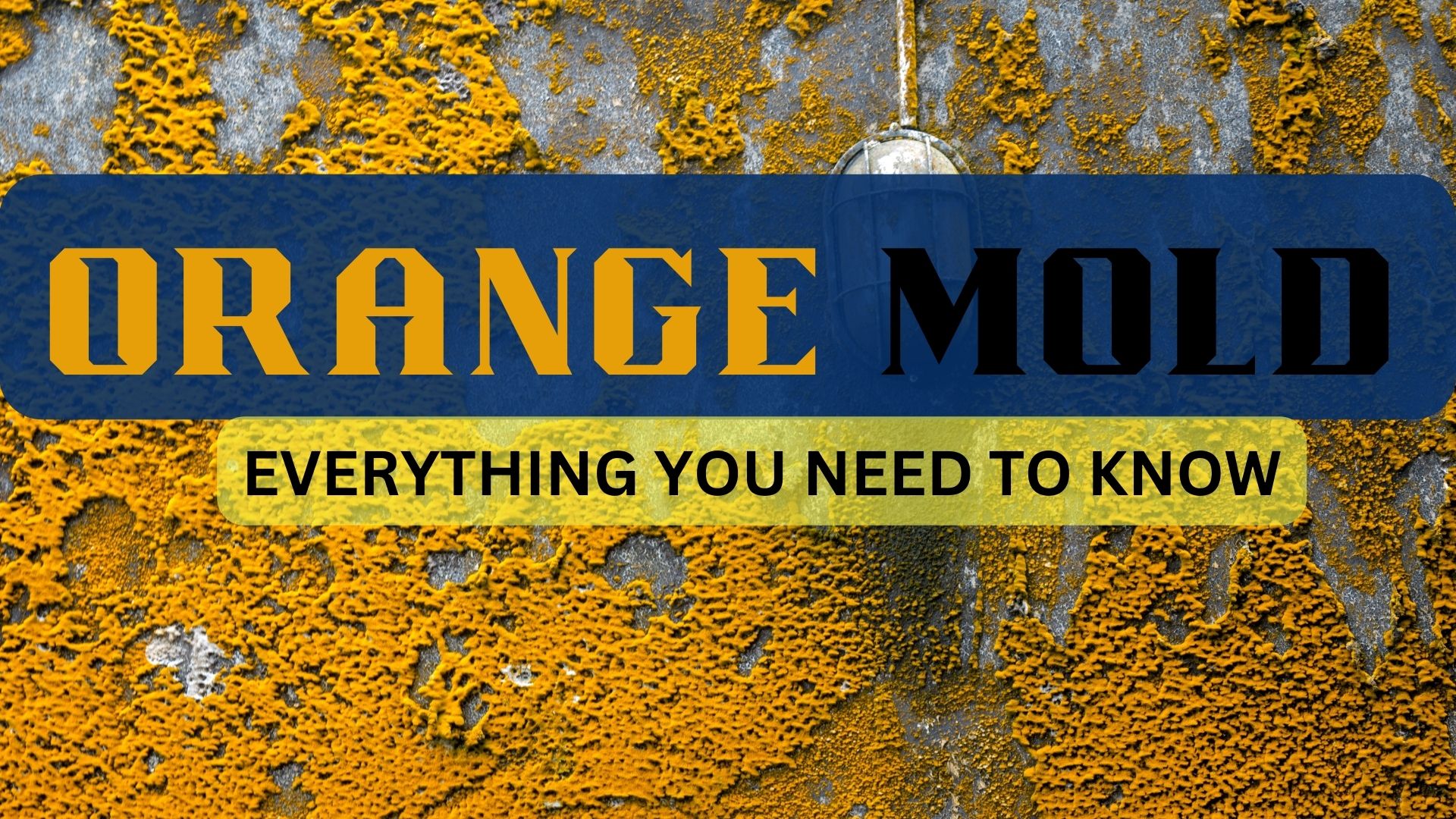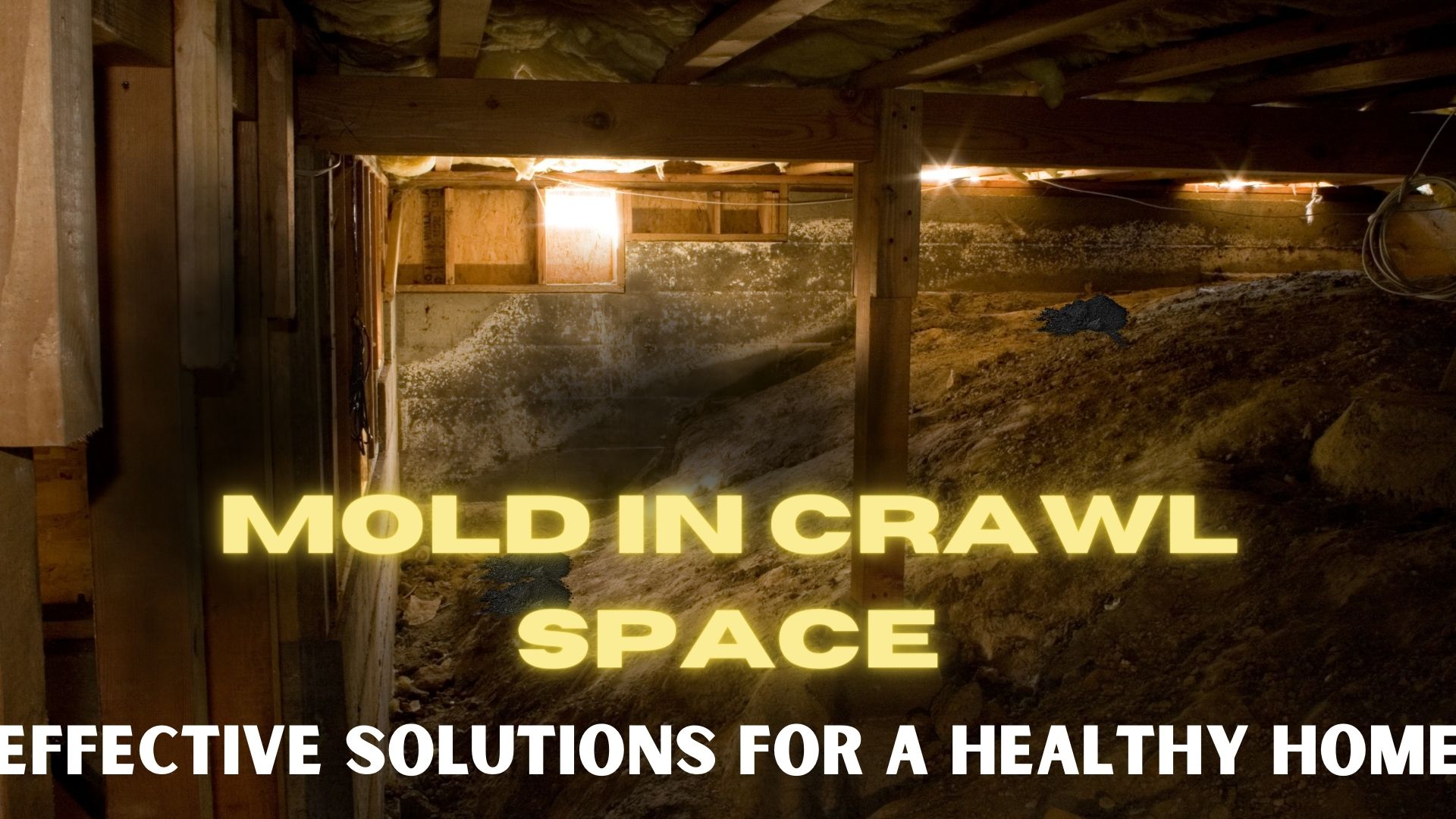Pipes are an essential part of our plumbing systems, providing us with a reliable water supply for our daily needs. However, under certain circumstances, pipes can burst, leading to significant water damage and costly repairs. Discovering and understanding what causes pipes to burst is crucial for homeowners and building managers to prevent such incidents and protect their properties. In this article, we will delve into the various factors that cause pipes to burst and discuss preventive measures to avoid these issues.
Understanding the Structure of Pipes
Before we explore the causes of pipe bursts, let’s briefly understand the structure of pipes commonly used in plumbing systems. Traditionally, copper pipes were widely used due to their durability and resistance to corrosion. However, with technological advancements, plastic pipes, such as PVC (polyvinyl chloride) and PEX (cross-linked polyethylene), have become popular choices for their versatility and affordability.
What Causes Pipes to Burst? Check Them Out
1. Excessive Water Pressure
One of the primary reasons pipes can burst is excessive water pressure. When the pressure inside the pipes exceeds their capacity to handle it, they may rupture, leading to leaks or complete bursts. High water pressure can occur due to various factors, including a malfunctioning pressure-reducing valve, a faulty pressure regulator, or issues with the municipal water supply.
The Role of Pressure Reducing Valves
Pressure-reducing valves play a crucial role in maintaining safe and consistent water pressure within the plumbing system. These valves are typically installed at the main water supply line to reduce the high pressure from the municipal supply to a manageable level for residential or commercial use. However, if a pressure-reducing valve malfunctions or fails, it can allow excessive pressure to build up in the pipes, increasing the risk of bursts.
2. Freezing Temperatures and Frozen Pipes
Another common cause of pipe bursts is freezing temperatures. When water freezes inside the pipes, it expands, exerting immense pressure on the pipe walls. This increased pressure can eventually cause the pipes to rupture, leading to water leakage and damage when the ice thaws. This issue is particularly prevalent in regions where temperatures regularly drop below freezing, reaching 20 degrees Fahrenheit or lower.
Prevent Frozen Pipes: Precautionary Measures
To prevent water pipes that are frozen, especially during winter months, it is crucial to take precautionary measures. You can follow some practical steps below:
- Insulate exposed pipes: Identify pipes in unheated or poorly insulated areas, such as crawl spaces, attics, and basements, and wrap them with foam insulation sleeves or heat tape. This insulation will help retain heat and prevent freezing.
- Seal gaps and cracks: Locate any gaps or cracks in the walls, floors, or foundation near the pipes, and seal them with appropriate materials. This will minimize the entry of cold air and maintain a warmer environment around the pipes.
- Let faucets drip: On extremely cold nights, allow faucets connected to vulnerable pipes to dripping slightly. The flow of water can prevent them from freezing by keeping the water moving.
- Maintain a consistent temperature: Keep your thermostat set to a consistent temperature, even when you are away from home. This will help prevent drastic temperature drops that could cause pipes to freeze.
3. Water Flowing through Pipes
The continuous flow of water through the pipes can also contribute to pipe bursts. Over time, the water’s movement creates friction against the inner walls of the pipes, leading to wear and tear. Additionally, the pressure changes resulting from sudden water flow, such as when turning faucets on or off abruptly, can strain the pipe joints and weak points, increasing the risk of bursts.
Water Pressure Regulation and Prevention
To mitigate the risk of pipe bursts caused by water flow and pressure changes, it is essential to maintain balanced water pressure. Consider the following measures:
- Avoid abrupt pressure changes: When operating faucets or appliances that use water, ensure you open and close them gently, reducing sudden changes in water pressure.
- Periodic pipe inspection: Regularly inspect the visible pipes in your plumbing system for any signs of wear, corrosion, or leaks. Address any issues promptly to prevent further damage and potential bursts.
- Professional plumbing maintenance: Engage a licensed plumber for regular maintenance and inspections of your plumbing system. They can identify potential vulnerabilities and provide appropriate repairs or replacements to prevent pipe bursts.
4. Tree Roots and Pipe Damage
The presence of trees near underground water lines can pose a risk to the integrity of the pipes. Tree roots naturally seek out moisture, and if they find small cracks or joints in the pipes, they can infiltrate and grow within them. As the roots expand, they exert pressure on the pipes, leading to cracks, leaks, or bursts.
Prevention Measures to Protect Pipes from Tree Roots
Protecting pipes from tree roots requires proactive measures. Consider the following steps:
- Maintain a safe distance: When planting trees or shrubs near your property, ensure they are a safe distance away from the water supply lines. Research the root systems of different plant species to choose those with less aggressive root growth.
- Install root barriers: If you have existing trees near water lines, consider installing root barriers. These barriers are typically made of metal or thick plastic and prevent roots from infiltrating the pipes while allowing the tree to grow safely.
- Regular inspection and maintenance: Schedule periodic inspections of your underground pipes using specialized cameras or professional assistance. Early detection of root intrusion can help you address the issue before it leads to significant pipe damage.
Conclusion: What Causes Pipes to Burst?
Understanding what causes pipes to burst is crucial for homeowners and building managers to protect their properties from water damage. Excessive water pressure, freezing temperatures, water flow, and tree root intrusion are among the key factors that can cause pipes to burst. By implementing preventive measures, such as maintaining balanced water pressure, insulating pipes, and protecting against root intrusion, you can significantly reduce the risk of pipe bursts and the subsequent water damage and costly repairs they entail. Remember to consult professional plumbers for advice tailored to your specific plumbing system and geographical location to ensure optimal pipe health and longevity.
Water Damage and Burst Pipes
Water damage caused by burst pipes can have severe consequences for both residential and commercial properties. When a pipe bursts, it can release a large volume of water into the surrounding area, leading to flooding, structural damage, and potential mold growth. The water can seep into walls, floors, and furniture, causing irreparable harm. Additionally, if not addressed promptly, water damage can compromise the integrity of the building’s foundation and electrical systems, posing safety hazards. Therefore, it is crucial to take immediate action to mitigate the water damage, repair the burst pipe, and restore the affected areas to prevent further complications and ensure the safety and habitability of the property.
The Aftermath of Burst Pipes
Water damage restoration professionals play a crucial role in addressing the aftermath of burst pipes. When a pipe bursts, these experts are trained and equipped to respond quickly and effectively to minimize the damage and restore the affected areas. Their responsibilities include:
- Emergency response: Water damage restoration professionals are available 24/7 and can quickly assess the situation, identify the source of the burst pipe, and take immediate steps to stop the water flow.
- Water extraction: They utilize specialized equipment, such as powerful pumps and vacuums, to remove standing water efficiently. This step helps prevent further damage and reduces the risk of mold growth.
- Drying and dehumidification: After extracting the water, professionals use industrial-grade drying equipment to eliminate moisture from the affected surfaces, including walls, floors, and furniture. This process helps prevent secondary water damage and inhibits the growth of mold and mildew.
- Mold remediation: If mold growth is detected or suspected, water damage restoration professionals have the expertise to assess the situation, safely remove mold-infested materials, and effectively treat the affected areas to prevent further spread.
- Structural repairs: Burst pipes can cause significant damage to the structure of a building. Restoration professionals coordinate with other contractors to perform necessary repairs, including fixing damaged walls, floors, and ceilings, as well as addressing electrical and plumbing issues.
- Content restoration: Water damage restoration professionals also provide services to salvage and restore affected personal belongings, such as furniture, documents, electronics, and artwork. They employ specialized techniques and equipment to clean, deodorize, and restore these items whenever possible.
- Insurance assistance: Dealing with insurance claims can be overpowering. Water damage restoration professionals often have experience working with insurance companies and can help navigate the claims process, providing necessary documentation and supporting evidence.
Hiring Water Damage Professionals
Knowing what causes pipes to burst will give you a heads-up to avoid the effects of water damage. Moreover, water damage restoration professionals bring expertise, experience, and specialized equipment to efficiently mitigate the damage caused by burst pipes. Their prompt response and comprehensive restoration efforts help ensure the affected property is restored to its pre-loss condition and minimize the impact on homeowners or businesses.
For a trusted water damage company, contact Superior Restoration, today!


